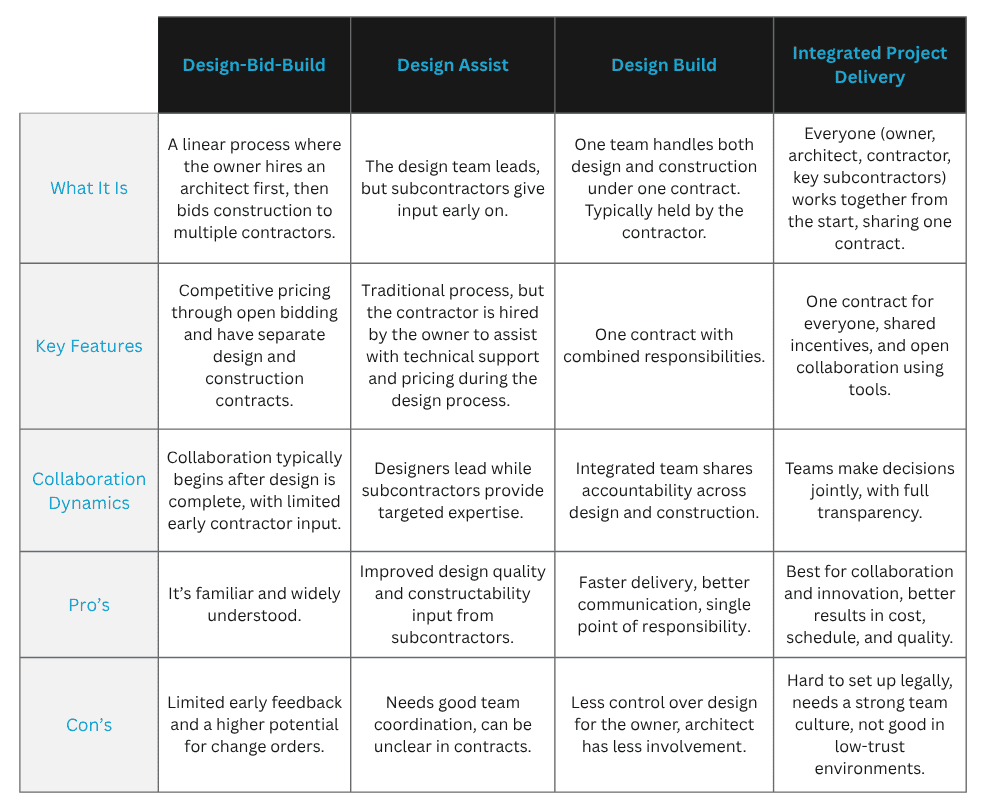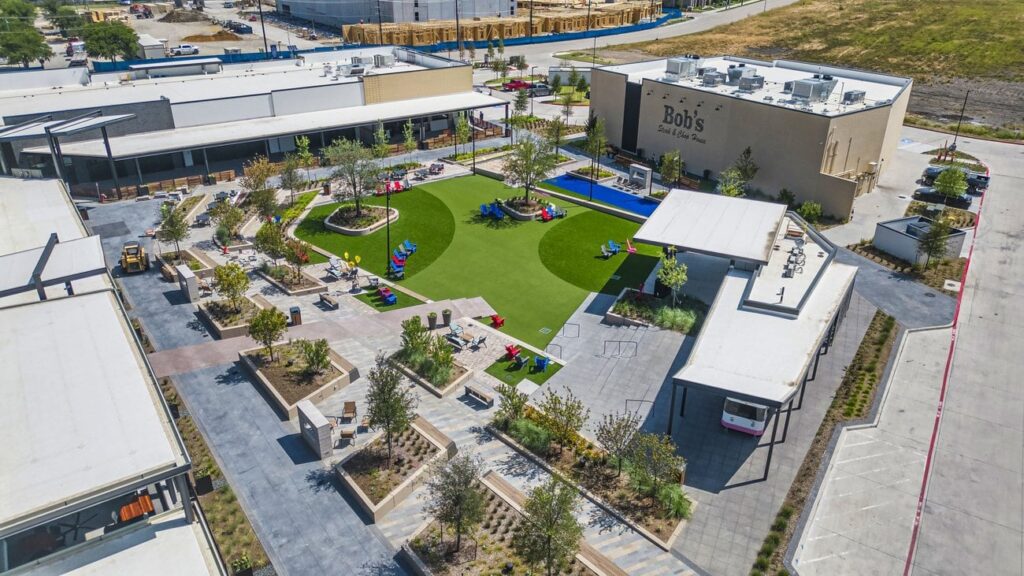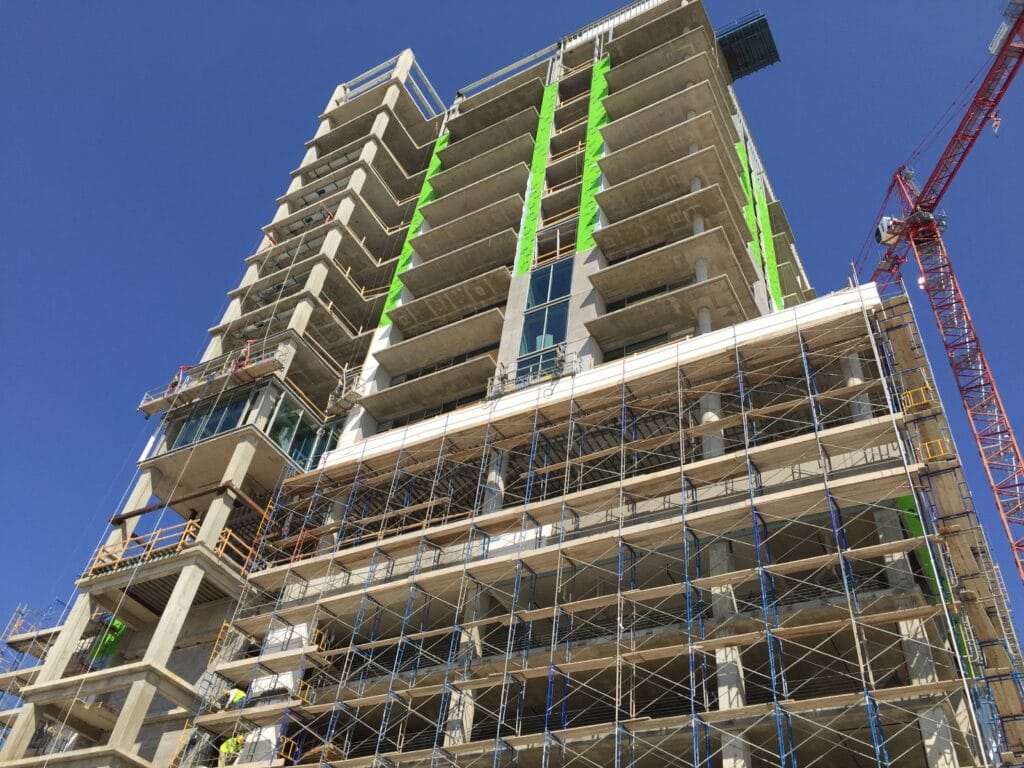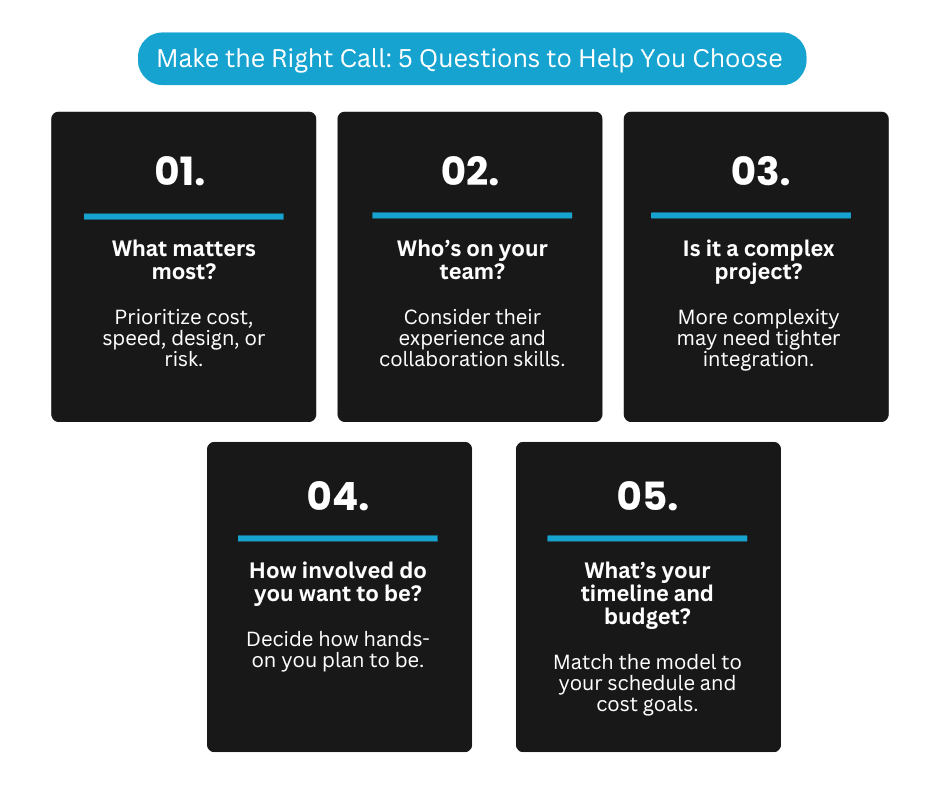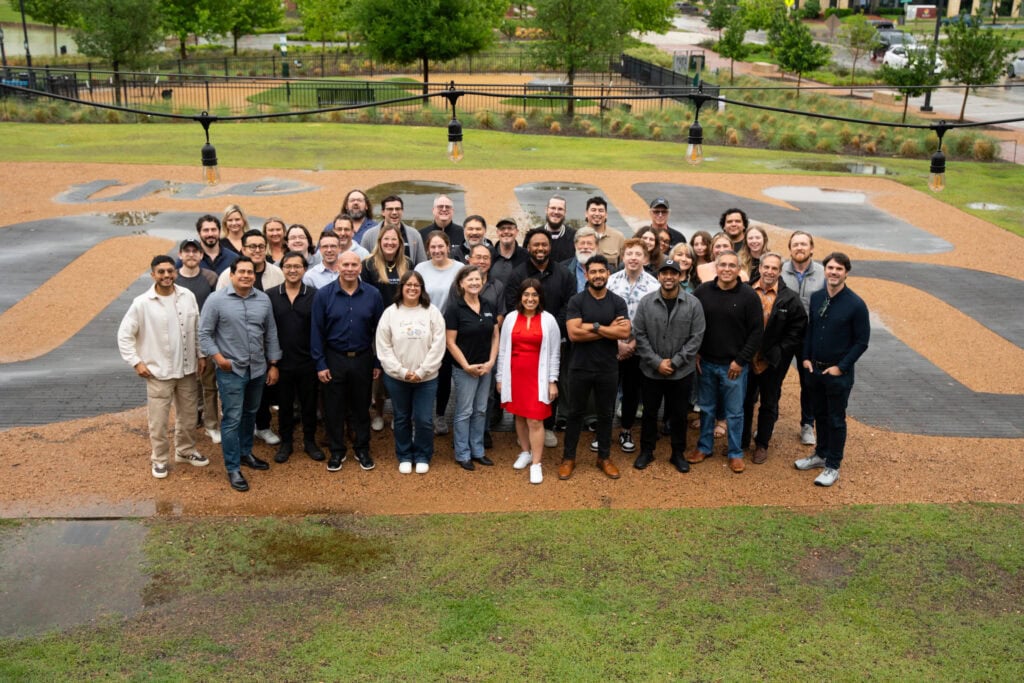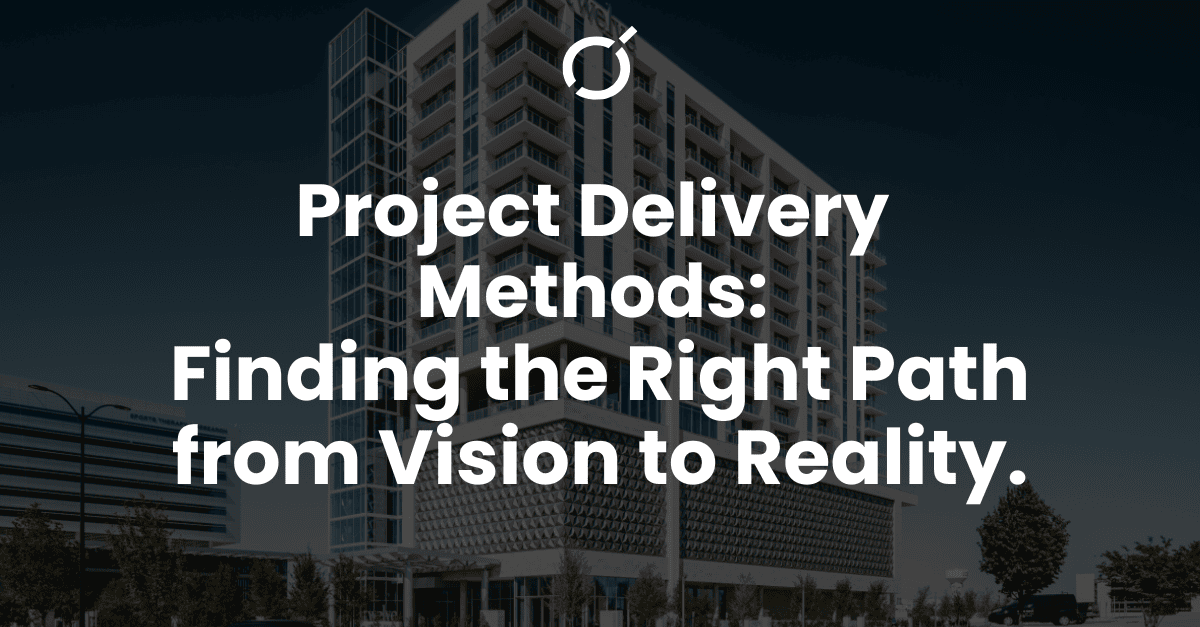
Choosing the right project delivery method can feel overwhelming. The wrong choice can lead to misaligned teams, delayed decisions, or even a finished building that doesn’t reflect your goals.
Keep reading to explore the pros and cons of the most common project delivery methods, learn from a real-world case study, and grab a free downloadable guide to help you choose the right approach for your next project.
What are Project Delivery Methods?
A project delivery method defines how a team is structured and how responsibilities are shared across design, construction, and management. These models determine how contracts are written, how collaboration happens, and who holds accountability at each stage.
There are many types of delivery methods out there, each with its own advantages and nuances. To keep things clear and actionable, we’re focusing on four of the most common and collaborative approaches: Design-Bid-Build (DBB), Design-Assist (DA), Design-Build (DB), and Integrated Project Delivery (IPD).
Types of Construction Project Delivery Methods
Project delivery models influence how teams collaborate and how the project progresses from design to construction. Below, we’ve outlined four commonly used approaches that support collaboration in different ways:
Design-Bid-Build
Design-Bid-Build (DBB) is the most traditional project delivery method. The owner hires an architect to complete the design, bids it to multiple contractors, and selects the lowest qualified bidder to build it. The process follows a clear sequence: design first, build second.
- Why It Works: DBB offers structure, transparency, and competitive pricing. It’s ideal for owners who want to compare bids, maintain clear separation between design and construction, and ensure full design development before pricing begins.
- When to Use It: Best for developer-led work where cost competition and design control are key priorities.
Case Study: District 121 Mixed-Use Entertainment District
District 121, in McKinney, Texas shows how a traditional delivery method can produce extraordinary results when collaboration and clarity lead the way.
O’Brien Architects partnered with Craig International to design a destination built around food, entertainment, and community energy. After completing design and documentation, the project was competitively bid on and awarded to Crossland Construction for their expertise and alignment with the project’s vision.
While Design-Bid-Build can often lead to limited collaboration, our team overcame those challenges through transparency and communication. Regular coordination meetings, open dialogue on design intent, and proactive issue-solving helped minimize change orders and protect the project’s design integrity.
This proactive communication helped overcome the typical challenges of the DBB model by minimizing change orders, keeping the schedule on track, and protecting the design vision throughout construction.
Design-Assist Project Delivery
Design-Assist is a collaborative approach where the contractor works alongside the architect early in the design phase. This method brings construction expertise to the table before finalizing plans, helping to identify challenges and opportunities early on.
- Why it works: It improves constructability and can reduce costly changes later. Because the contractor’s perspective is integrated early, teams can optimize schedules and budgets without sacrificing design quality.
- When to use it: Ideal for projects where design innovation is important, but input from builders is critical to maintain feasibility.
Case Study: 12 Cowboys Way – Design-Assist in Action
One of the clearest examples of effective Design-Assist in our portfolio is 12 Cowboys Way. This project involved early collaboration with Rogers-O’Brien, a contractor whose values and approach aligned closely with ours.
“There was a real alignment in values, in the culture, and also on the methodology,” recalls Sean O’Brien, CEO at O’Brien Architects, “It was just kind of magic.”
Throughout the design process, both teams collaborated to develop drawings, evaluate pricing, and minimize costly rework. The contractor helped monitor the design closely, identifying issues early and contributing to a smooth GMP (Guaranteed Maximum Price) process.
“They were checking the drawings and integrated with the design team so much throughout,” says Sean. “It was seamless enough to sign the GMP and stay on budget.”
The result was a well-coordinated and efficient delivery, resulting in a successful project that effectively reflected the client’s goals and design vision.
“They were dug in with us… We were able to meet the budget—and that was one of the most successful projects we’ve ever had.”
Design-Build Project Delivery
Design-Build combines design and construction services under one contract. This means the owner works with a single entity responsible for both design and building, streamlining communication and decision-making.
- Why it works: It reduces the potential for miscommunication between architect and builder. With one team accountable, the project often moves faster and can be more cost-efficient.
- When to use it: A great fit for owners who want a simplified process and clear accountability from start to finish.
“Design-build isn’t just industrial,” says Sean. “We’re seeing it used in retail, medical, and all these different typologies where contractors are leading the process.”
Integrated Project Delivery Benefits
IPD is a fully collaborative approach where the owner, architect, contractor, and key stakeholders enter into a shared agreement. This method aligns goals, risks, and rewards, fostering transparency and partnership throughout the project.
- Why it works: IPD breaks down traditional silos. Decisions are made jointly, and all parties share responsibility for the outcome, which often leads to innovative solutions and high-quality results.
- When to use it: Best for complex projects where collaboration and innovation are top priorities and where all parties are committed to working as one team.
How to Choose the Best Project Delivery Method
Making the right choice begins with understanding your project’s priorities and challenges. Here are some key questions to help guide your decision:
- How complex is the project?
- How early do you need cost certainty?
- What level of design control do you want to maintain?
- Do you already have trusted contractors or trade partners?
- Is the team prepared for collaborative decision-making?
At O’Brien Architects, we walk clients through these questions during the early stages of planning. Our goal is to support the vision while helping teams structure themselves for success.
Conclusion
Every project benefits from a well-matched delivery model. The method you choose influences everything from team dynamics to timelines and construction outcomes. By understanding your options and selecting a structure that fits your needs, you can build a team that communicates clearly, collaborates effectively, and brings your vision to life.
About O’Brien Architects
For over 50 years, O’Brien Architects has been more than a design firm, we’ve been a trusted partner bringing vision to life.
Founded in 1974, our legacy is built on integrity, creativity, and a relentless commitment to our clients. Led by Sean O’Brien, alongside Josh Pollard, Kathy Filbert, Robert Evans, Mick Granlund, Ashley Acuff, Lorelei Mewhirter, and Amador Saucedo, our team believes great architecture isn’t just about buildings—it’s about the people who experience them.
We don’t impose a signature style, we listen, collaborate, and design with purpose, ensuring every project reflects the unique story behind it. With deep relationships and an unwavering dedication to excellence, we create more than spaces, we create moments that matter.

